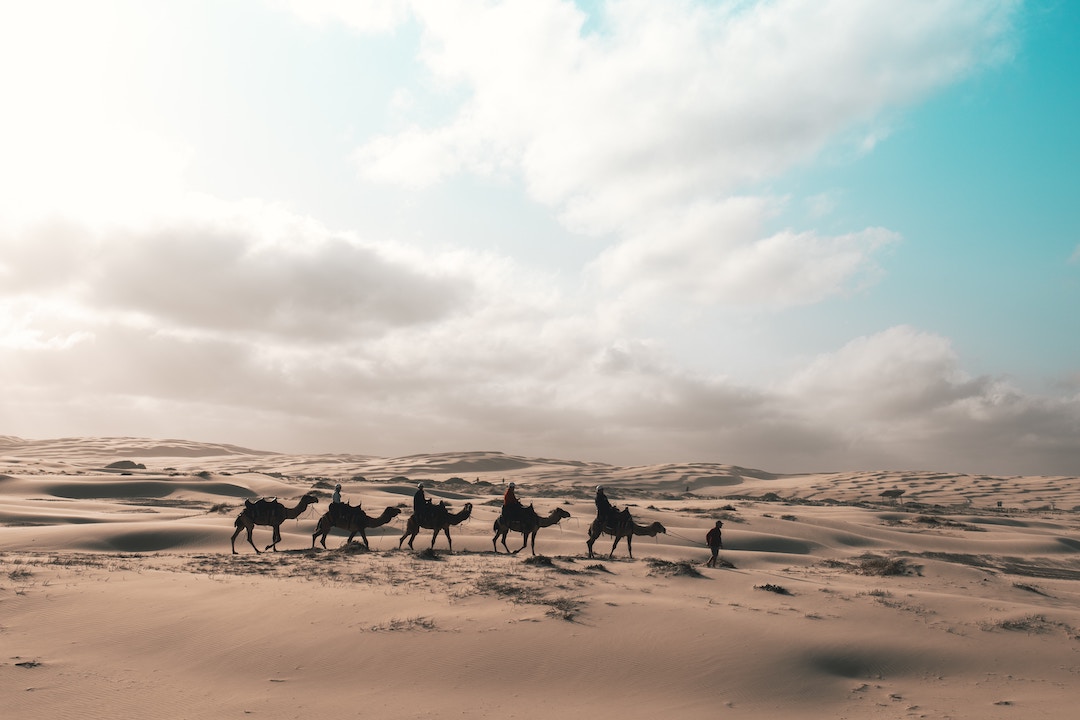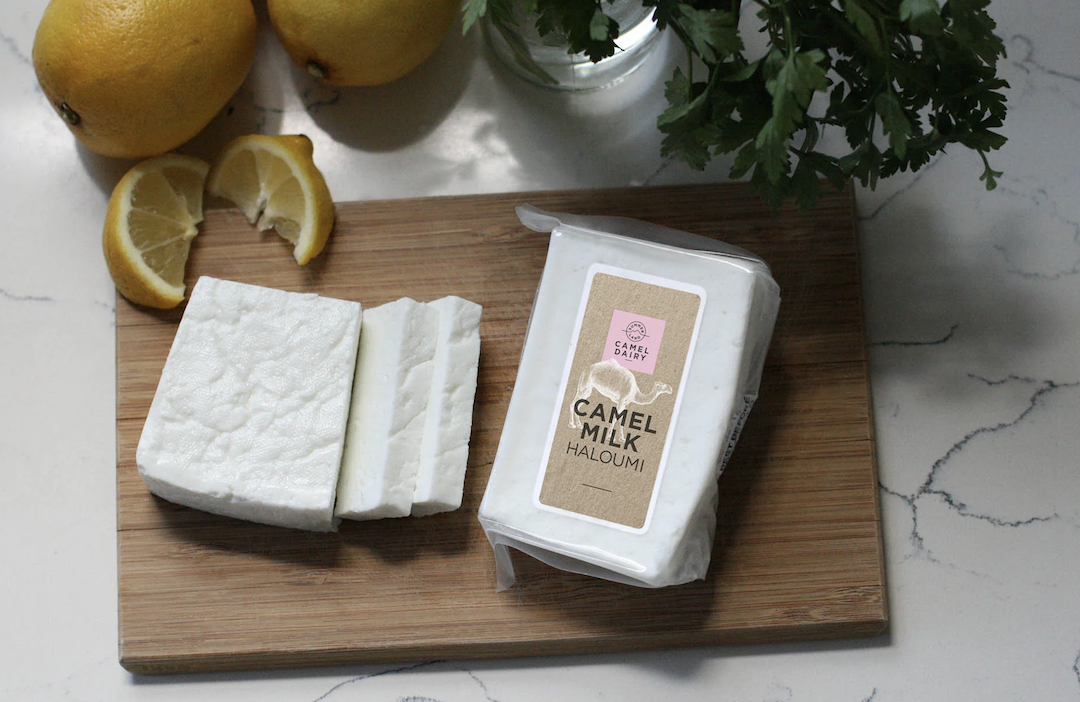Australia’s largest camel farm is promoting an investment opportunity to support a largely untapped market.
Summer Land Camels is Australia’s biggest camel farm and the largest wild camel training centre in the world. The farm receives tens of thousands of tourists every year who come to meet their gorgeous camels and sample their range of unique products.
In order to support their biodiversity and sustainable farming operations, Summer Land Camels are currently accepting investments, and it could help to grow this agricultural market with huge potential.

A brief history
Camels were first introduced to Australia in 1840 to help explorers travel inland. According to the Northern Territory government, they are now found in more than 40 percent of the state, and a large part of the country as a whole.
Almost a century ago Australia stopped including camels on their livestock register, and this led to widespread culling. Wild camels feed on native plants, causing serious impacts on vegetation. This is particularly true for populations of curly pod wattle, bean trees and plumbush. However, this culling is often seen as inhumane, and has led to the decline of a key resource: camel milk.

A success story
Today, Summer Land Camels is trying to rebuild the camel milk industry in Australia, which has the potential to contribute significantly to the economy and support rural farmers.
In 2023, they achieved a business revenue of more than $2.4 million, including 60,000 visitors. The farm offers a variety of activities and experiences including the chance to meet and pet their camels.They also provide farm tours and tastings, where visitors can go behind the scenes to discover how the farm is operated, before sampling some of their delicious camel milk treats. School groups can opt to undertake an educational tour, whether it be focused on agriculture, ecology, food processing, sustainability, tourism or more.
The success of these experiences highlights how tourism associated with the camel milk industry could also boost the economy of rural communities and strengthen camel farmers.
Now, Summer Land Camels is currently raising funds to develop their facilities even further so they can continue supporting the Australian dairy sector and the economy as a whole

Camel Milk haloumi from Summer Land Camels © Summer Land Camels
Getting over the humps
Camel milk is rich in nutrient and immune-boosting proteins, vitamins and minerals. Interestingly, it doesn’t contain β-lactoglobulin, the protein that affects lactose intolerant individuals, and thus can be consumed as a dairy substitute.
According to the American National Library of Medicine, “camel milk is rich in health-beneficial substances, such as bioactive peptides, lactoferrin, zinc, and mono and polyunsaturated fatty acids. These substances could help in the treatment of some important human diseases.”
However, there are some challenges when it comes to producing camel milk. While cows can produce anywhere between 20-60 litres of milk per day, camels only give around 3 litres. Similarly, the process of turning camel milk into cream and cheese is notoriously difficult, meaning more time and effort is required.
Despite this, Summer Land Camels have developed a range of products including dairy, skincare and powder. They have also created the world’s first Camel Milk Vodka, which features a smooth and delicious flavour.
While the company has already found national success, they are now turning their attention to the global dairy alternatives market, valued at $39 billion. They also hope to break into the international nutraceuticals market, which is predicted to reach a value of $795 billion by 2030.
By spreading the word about the benefits of camel milk, they hope to kickstart a national industry.
To discover another clever dairy alternative that combines sheep, camel, goat and jersey milk, click here.
For more unique and developing industries in Australia, click here.

